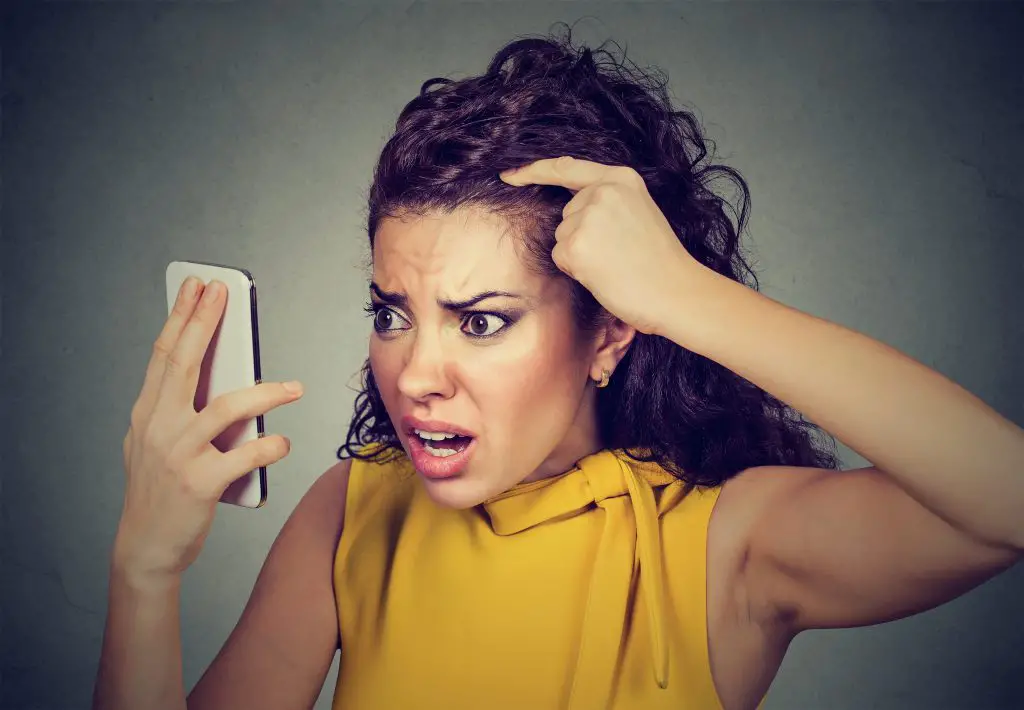Did you know that your hair is growing about 15 mm per month? Have you noticed that each day we lose up to 60 hairs? The hair growth process can be slow and sometimes incredibly frustrating. On the other hand, hair loss or receding hairlines are a normal physiological phenomenon that occurs daily, and nowadays we have a lot of hair transplant options available.
There are hair vitamins that can help with hair growth if you don’t prefer getting a hair transplant. If you want to have longer, shinier, and healthier hair, the recommendation is to nourish it with essential vitamins for hair.
When it comes to hair growth, many women choose not to wait for nature to take its course and allow the hair to grow at a natural rate. This means that some women can resort to hair extensions or other hair treatments that can end up costing a lot of money. However, it is important to know that the best method to get glowing hair is healthy nutrition and using the appropriate hair products for your hair type.
But the question that we will start with is, what happens if you notice that after brushing or combing the hair, you end up with more than 100 threads?! Or the receding hairline becomes evident when looking in the mirror?
Well, in this case, it’s about time you check what might be the cause of that. Premature hair loss, as well as its thinning hair and the receding hairline, can be caused by a series of reasons. We will list some of them in the article that follows.
Herein we will also try to find out which 5 vitamins are the best for hair growth and how these can stop or at least prevent the receding hairline.
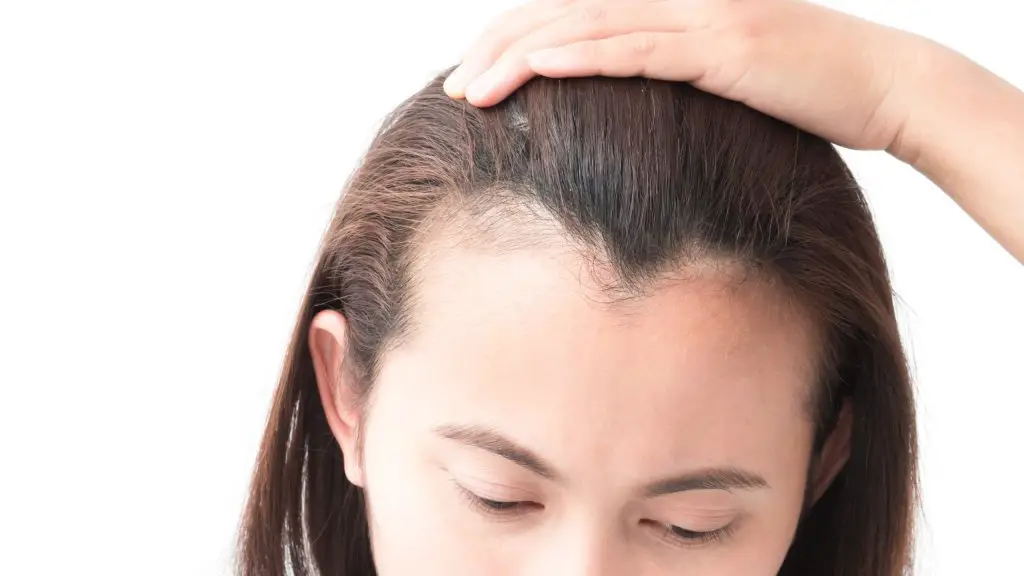
Which Are the Most Common Reasons for Receding Hairline?
Here we are listing which are the most common reasons for hair loss and what are some of the phases.
Androgenetic Alopecia
The hair loss caused by male hormones is often triggered by the hormonal changes that occur with aging. The cause is the increased production of the male hormone on the roots of the hairs and hair growth cycles.
There are three phases of the hair growth: the active growth phase, the transition phase, and the complete rest phase.
The root produces the hair during the first phase. After this, over a few weeks, the hair starts to detach from the root. In the third phase, the hair completely separates and falls. This cycle is completed, and the root will produce new hair. The entire sequence is repeated over a few years.
At the beginning of menopause, the level of feminine hormones – estrogen – starts to decline. As a consequence, the influence of male hormones is on the rise. This has a negative effect on the roots of the hair. It also means that the hair growth cycles become shorter. The result? A thinner hair, with a reduced capacity for renewal.
Stress-related Causes
Stress can be the triggering factor for the issue you are concerned about. When there is an unbalance caused by stress at the workplace or home, and even due to the lack of sleep, the hair will grow slower, and you can also start losing your hair.
Other Causes That Might Lead to This Hair Issue
Other Causes That Might Lead to This Hair Issue
- Unbalanced diets usually the ones low in proteins, lack of nutritious foods, eating fast food, and restrictive diets can lead to hair loss and a receding hairline.
- Combing the hair too vigorously and keeping it tight in a knot can also lead to excessive hair loss.
- There are certain health conditions or the use of specific medication that can result in hair loss.
When Is the Time to Get Worried?
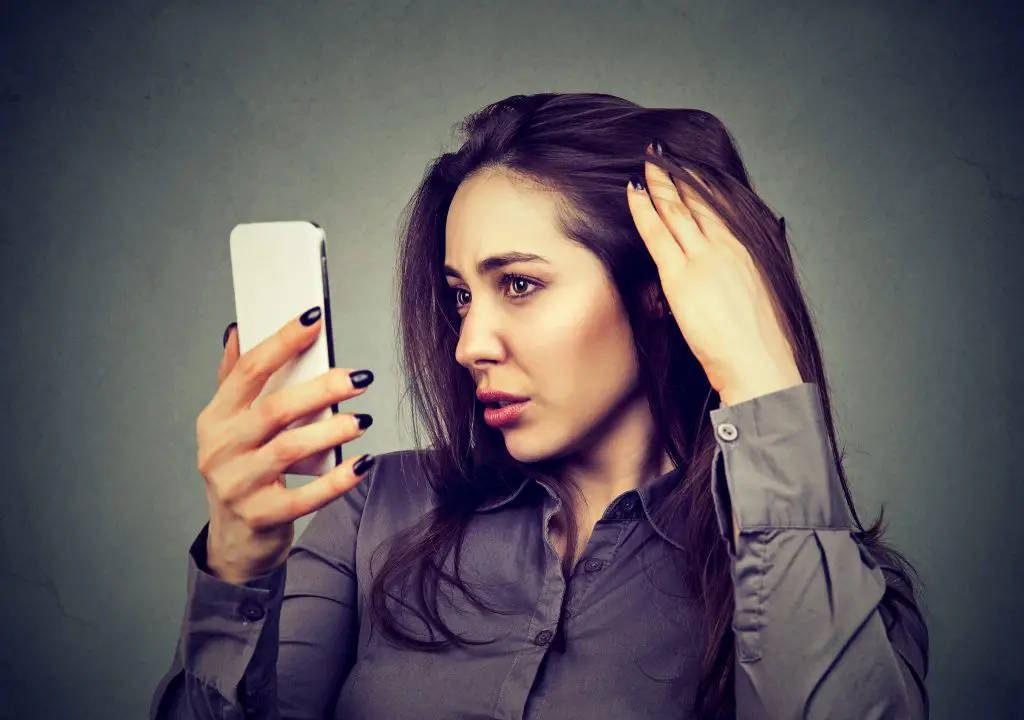
Like many other signs of aging, the receding hairline doesn’t occur overnight. For most men to get to the point where they complain about hair loss is a process that can take years or decades. To be able to get treatment to slow down the hair loss is essential to notice the first signs and act early. Here are a few signs that you should seek treatment for the receding hairline:
1. Drastic Change of the Hairline
Probably the most apparent sign of alopecia in both men and women is a dramatic change in the hairline. This you can quickly notice while looking at pictures.
The receding hairline that you barely noticed a few years ago now seems to take the letter V shape. You can compare pictures taken a few years ago and see if there is any change in the hairline. If the receding hairline is apparent, you might be confronted with alopecia.
2. Thinning of the Hair
The receding hairline is not always present in case of hair loss. Some people might notice hair loss that affects the whole scalp, not just the forehead and the sides. As it is the case with the previous example, the best way to tell if there is something to worry about is to take pictures and monitor the development over the next few months and years. Women might notice that their ponytail is not as consistent as it used to be.
3. Excessive Loss of Hairs During Shower or Combing
The hair loss can be more noticeable when the seasons change or when your diet changes. This is the reason why you should wait a little before getting concerned over it. However, if you keep losing more than 100 hairs per day regularly, you might want to consider treatment.
What Can We Do About This Problem?
While there are different treatments prescribed by specialists that can slow down hair loss, the first thing you can do to prevent the receding hairline is getting enough sleep, keep a balanced diet, and eliminate the stress sources from your life.
Beauty comes from within, this is what they say, and it is the same with hair. There are certain nutrients needed for the hair to stay soft, shiny, resistant, and to promote hair growth.
A simple way to incorporate the most essential vitamins for hair is to apply regularly hair masks based on natural ingredients. This way, the hair is nourished both from the inside and the outside.
To have shining and healthy-looking hair, you need to keep a healthy diet that is rich in the following hair vitamins.
Vitamin C
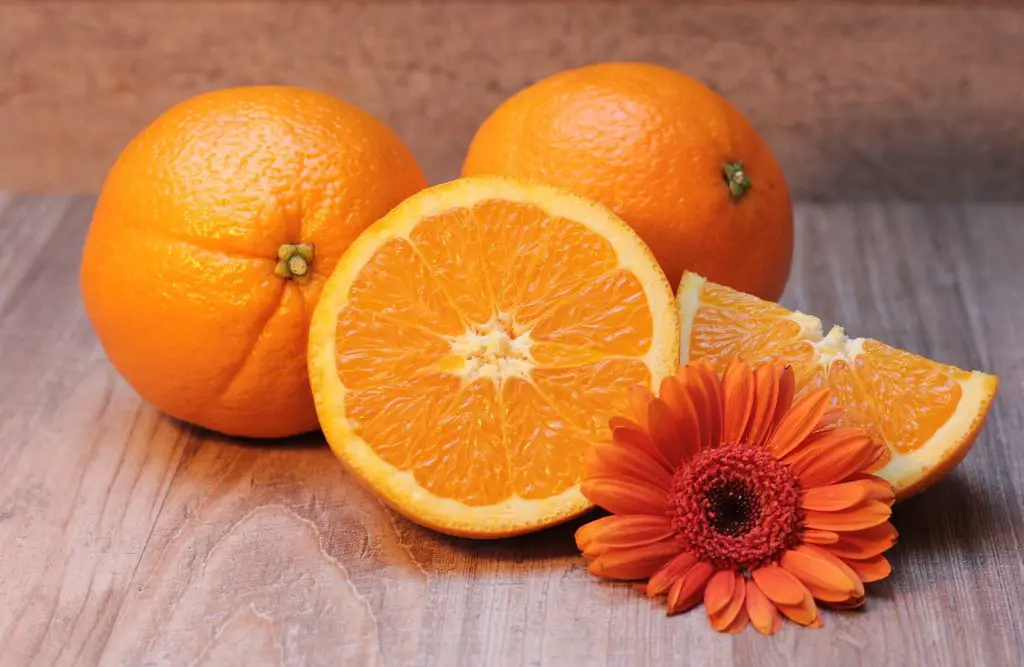
Vitamin C is an antioxidant that fights hair loss while keeping the color intact. More than this, vitamin C improves blood circulation at the level of the scalp, nourishing the hair threads and hair follicles with the nutrients they need to grow.
If you are wondering what you should be eating to get enough vitamin C, here are a few fruits and vegetables rich in this vitamin:
- Oranges
- Lemons
- Strawberries
- Kiwi
- Broccoli
- Spinach
- Cauliflower
- Parsley
Vitamin B3

This vitamin nourishes the scalp and shouldn’t miss from your list of essential hair vitamins. When you don’t have enough Vitamin B3 in the body, the hair will lose the shine and become fragile.
Here are a few foods reach in vitamin B3:
- Wheat and its derivates
- Rice
- Anchovies
- Tuna
- Chicken
- Tomatoes
Vitamin B7
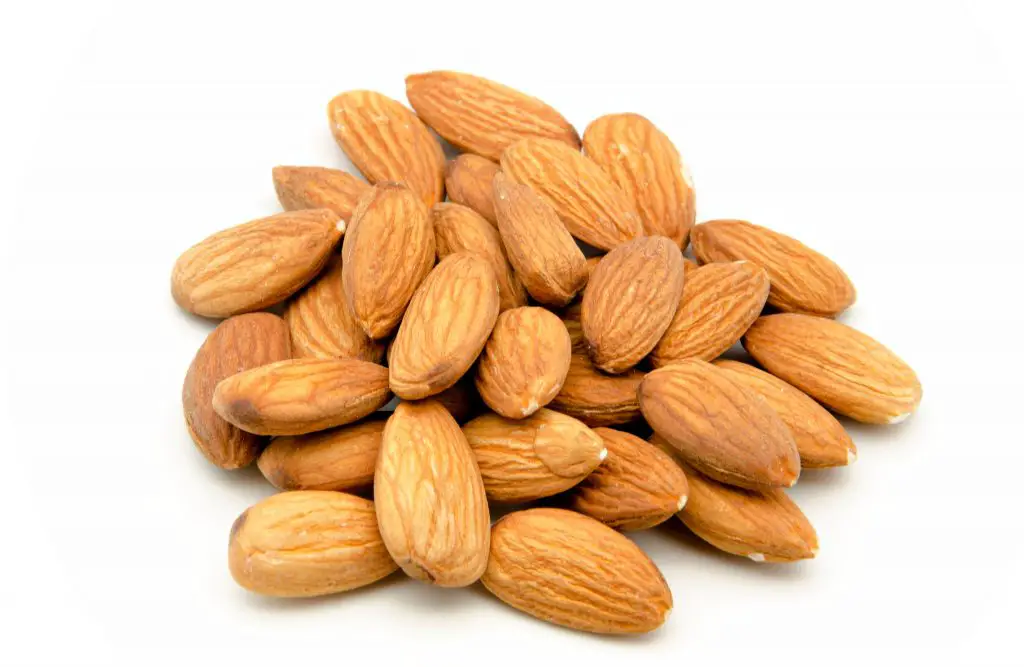
This vitamin stimulates the production of fatty acids in the cells, nourishing the hair follicles at the level of the scalp. A proper intake of vitamin B7 is good for the hair, and to promote hair growth. Try to incorporate more of these foods in your diet to get the daily recommended dose for this vitamin:
- Walnuts
- Almonds
- Egg yolks
- Peas
- Milk and dairy products
- Fish
A trendy hair mask that many women use for decades now is the one combining egg yolks with honey or vegetable oil. While it can be rather challenging to apply, the results are strengthened hair, more resistant, and lustrous.
Vitamin E
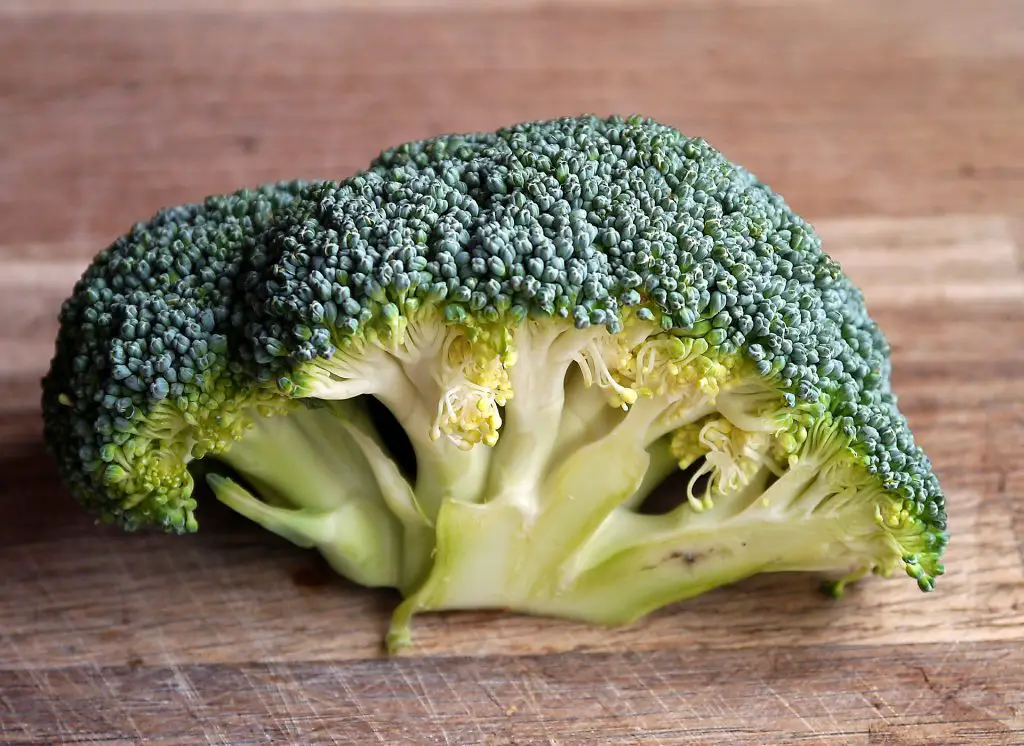
It’s essential to keep in mind that the aspect and texture of the hair are correlated with the health of the scalp. Vitamin E increases the level of oxygen in the blood and stimulates blood circulation, which is vital for hair growth and hair follicles. More than this, vitamin E hydrates the hair and strengthens it, helping you avoid hair loss.
You can try these foods for vitamin E:
- Vegetable oils
- Nuts (different types)
- Broccoli
- Spinach
Vitamin A

Due to its antioxidant properties, vitamin A is fantastic for the hair follicles. This nutrient improves hair texture and gives shine and resistance to dry hair by stimulating the sebum production at the level of the scalp.
You can find vitamin A in:
- Carrots
- Liver
- Butter
- Almonds
Conclusion
Hair masks can also be perfect for hair growth if you want to get even more vitamins. You can combine different ingredients you have at home or get an organic, natural hair mask from the shop. The critical thing to keep in mind when using hair products is that they need to be suitable for your hair type and texture. Maintaining a balanced diet rich in vitamins for hair will lead to healthy-looking hair and a great hairstyle!
However, do not forget to minimize the reasons for receding hairline to prevent the loss of hair and make sure you consume the best vitamins for healthy hair growth and do let us know which of these works the best for you!
Sources
The 5 Best Vitamins for Hair Growth – Healthline
The Best Hair Vitamins for Longer, Thicker Strands – Health
The New Growth in Hair Loss Research – The Guardian

